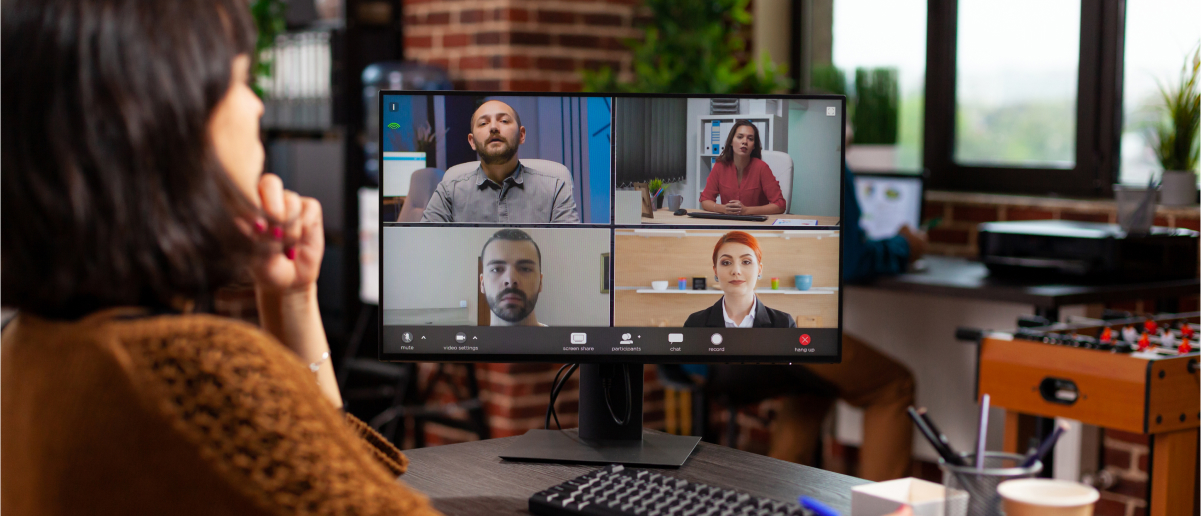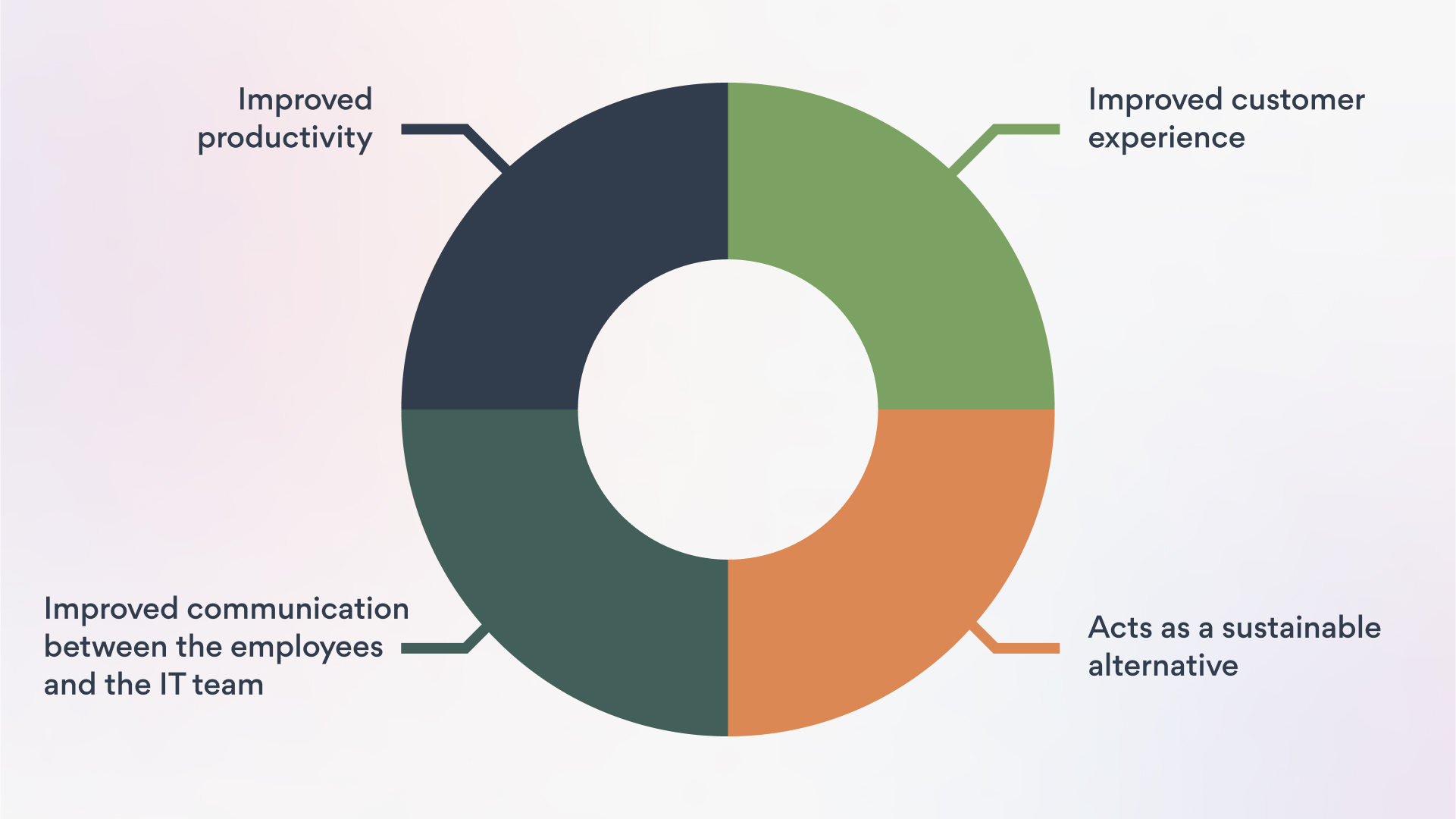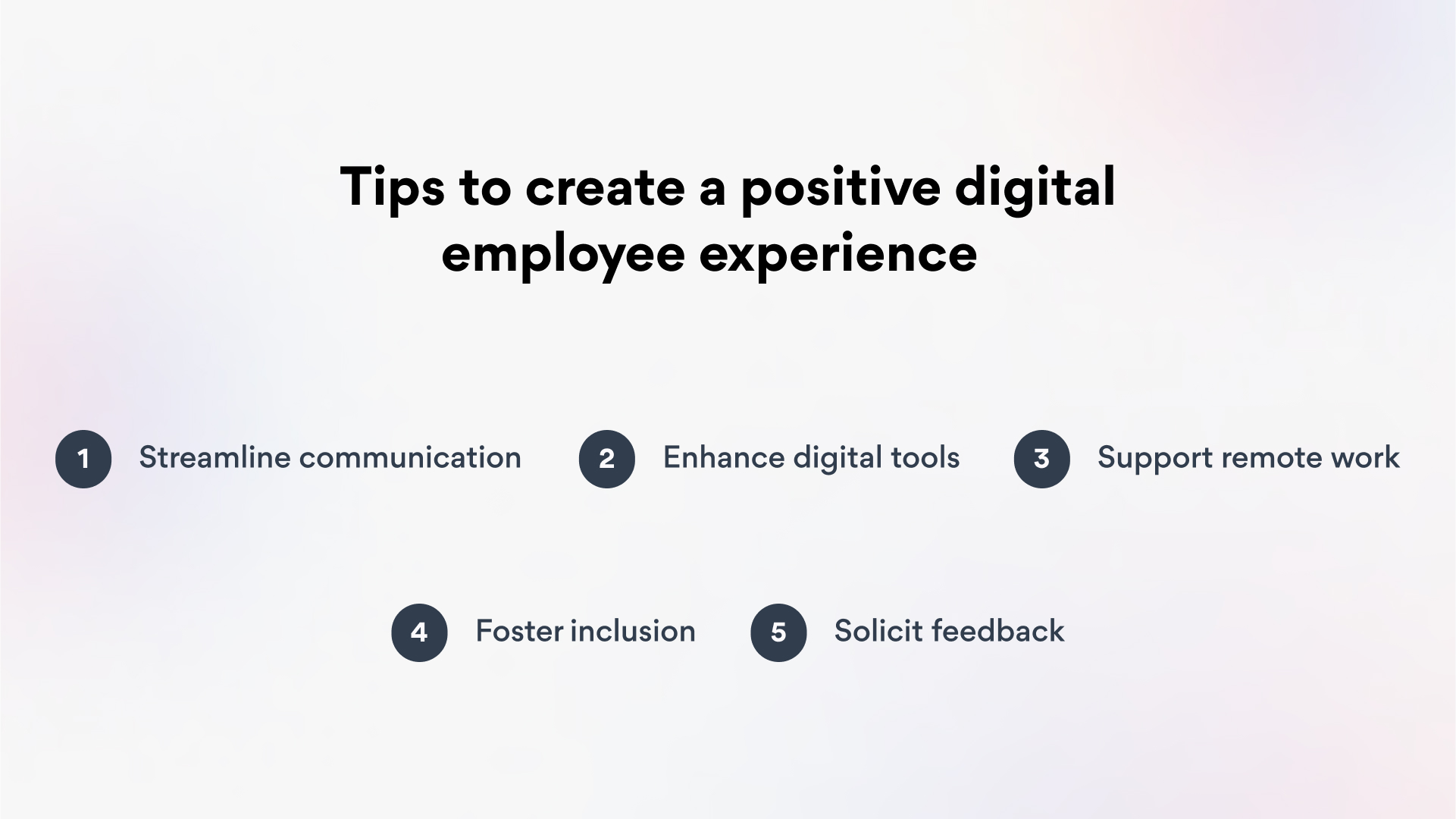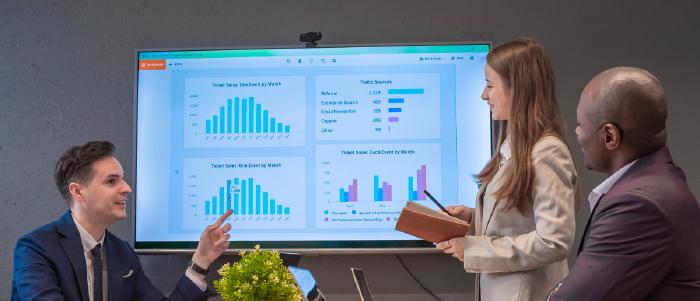
Dec 4 2024
7 min read

The professional landscape has transitioned from in-office to remote work in the last few years. Adding on to your surprise, around 12.7% of full time employees prefer working from home. The trend of remote work culture which became popular due to the COVID-19 pandemic is being normalised widely and rapidly.
With that being said, the importance of employee touchpoints with technology is increasingly growing important. How well can the workforce handle the technology and use it efficiently to improve their productivity?
This is where digital employee experience comes (DEX) into the picture. But, what is it? Why is it important? This detailed guide on digital employee experience will help you navigate these questions.

In simple terms, digital employee experience (DEX) refers to employees’ experience with the digital tools available in their workplace. Are the employees well-acquainted and well-trained to use digital tools in the workplace to improve their productivity and efficiency? Is there a smooth flow of information between the IT department and the employees? Digital employee experience is a comprehensive two-way channel encompassing how well the employees interact with the technology in their workplace. It’s a crucial part of employee experience and helps in creating a productive workforce.
Digital employee experience is a comprehensive term encompassing five key components:
1. User Interface & User Experience (UI & UX): The basic starting point of DEX is how user-friendly the interface of the technology is. The digital technologies, platforms, and tools provided to the employees must be straightforward, intuitive, and easily navigable.
2. Technology integration: The digital technology adopted must offer seamless integration and interoperation with other platforms and tools. This will help employees share data seamlessly across various platforms and devices which further boosts their productivity.
3. Technology performance: Speed, connectivity, and responsiveness are some of the crucial factors determining the performance of the technology. A well-performing integration not just improves employee’s performance but also their productivity.
4. Training & support: While integrating any new technology, the employees must be trained on using it with a dedicated team of professionals. It will help them understand how to make the best use of each of them. Furthermore, a dedicated support team must be available to help the employees in case of problems related to the technology.
5. Personalization & customization: DEX is also impacted by how well the digital tools cater to the individual needs of the employees. The digital platforms must allow users to customize their looks and functionalities to offer a better and more personalized experience.

Digital employee experience is crucial to make the employees comfortable within their workplace while making their tasks easier and increasing their productivity. Let’s understand this better by discussing in detail why DEX is important.
The productivity of employees depends largely on how well they are able to handle the digital tools and platforms. When they are seamlessly handling these technologies, their productivity is enhanced. On the contrary, they are in constant frustration running to the IT team with their queries which impacts not just their productivity but also the IT team. A Forrester report says that 64% of businesses with a mature DEX strategy observed a significant reduction in support tickets.
“Take care of associates, and they’ll take care of your customers.” These great lines come from the founder of Marriott International, JW Marriott. When employees have a good experience within their working environment, they serve the customers well. Furthermore, when customers don’t have to hustle with the digital tools, they can use them effectively thus investing their energy into serving the customers well. This is how employee and customer experience are interrelated to each other.
It’s the duty of the IT team to help the customers navigate the digital technologies. A positive digital employee experience reflects a healthy relationship and communication channel between the employees and the IT team.
Digital employee experience (DEX) offers a sustainable alternative by reducing the need for physical resources, like office supplies and space, which lowers energy consumption and waste. It enables remote work, which decreases commuting and its associated emissions. Additionally, DEX fosters a flexible, inclusive working environment that can adapt to various needs without additional physical changes, promoting long-term sustainability in workforce management and operational efficiency.
You must have realized the importance of creating and imparting a great digital employee experience. Now, here are some examples that showcase how to achieve this.
Corporate companies today are offering seamless single sign-on across various platforms. This unified access saves employees time and the hassle involved in logging into various platforms. They no longer need multiple credentials; seamless and single.
Implement an interactive and intuitive employee feedback tool wherein they can submit their feedback and suggestions on the digital tools they’re working with. This helps companies understand how they can improve their digital tools to make them more employee-friendly.
With self-service tools, employees have more freedom and autonomy. They can access any information anytime. Furthermore, they don’t need to rely on anyone for help. These tools can guide them to solve their issues effectively and efficiently.
Implementing a phishing protection program exemplifies the Digital Employee Experience (DEX) by prioritizing the security and confidence of employees in their digital environments. Such programs protect sensitive information and reduce the risk of cyber threats, enhancing overall workplace productivity and trust.

Creating a positive digital employee experience (DEX) is crucial for boosting engagement and productivity in today’s remote and hybrid workplaces. Here are some practical tips:
Utilize tools facilitating clear and constant communication among teams, such as Slack or Microsoft Teams. Ensuring employees can easily connect and collaborate is key to a positive DEX.
Equip your workforce with user-friendly, reliable, and secure tools that simplify their daily tasks. Regular updates and training sessions on these tools can increase comfort and efficiency.
Offer robust support systems for remote employees, including virtual IT support and ergonomic home office setups, to mimic the in-office infrastructure and comfort.
Create virtual spaces for social interaction and team-building activities to cultivate a sense of belonging and community among digital workers.
Regularly gather and act on employee feedback regarding their digital tools and work environment. This not only helps in improving systems but also makes employees feel valued and heard.
How about having a digital signage screen that can help your employees troubleshoot their problems with digital technologies? Implementing digital signage within your office can revolutionize the way information is communicated and enhance the overall employee experience.
By displaying real-time updates, IT support guides, and quick troubleshooting tips, digital signage can significantly reduce downtime and frustration caused by technology issues. Moreover, these screens can be customized to show relevant content such as company news, social media feeds, and internal achievements, fostering a sense of community and engagement among staff.
Interactive digital signage can also provide on-demand training videos and resources, allowing employees to learn and resolve issues at their own pace without needing immediate help from IT staff. By integrating digital signage software, you create a more informed, autonomous, and connected workplace.
Creating a great digital employee experience is a continuous process. It involves constant monitoring of how the digital tools are performing. However, companies must keep in mind to strike a balance between automation and human involvement. It must be kept in mind that the role of technology is to improve the employee’s productivity.

Dec 4 2024
7 min read

Nov 20 2024
8 min read

Nov 8 2024
6 min read

Oct 18 2024
9 min read
Take complete control of what you show on your digital signage & how you show it.
Start Free Trial Schedule My DemoSee How to Boost Sales & Branding with Digital Signage -40% Less Work, Faster Updates, Better Visibility
Unlock Exclusive Insights